| Columns Retired Columns & Blogs |
Great comparison review, Robert. My question however regards the Wharfedale Diamond bookshelves. Woud you recommend the Wharfedale Diamond 10.1 over say the Epos Epic 1?
I used DRA Labs' MLSSA system and a calibrated DPA 4006 microphone to measure the Wharfedale Diamond 10.7's frequency response in the farfield, and an Earthworks QTC-40 for the nearfield responses. My estimate of the Wharfedale's voltage sensitivity was a fairly high 89.7dB(B)/2.83V/m, which is within experimental error of the specified 90dB. The Diamond 10.7's electrical impedance and phase angle are shown in fig.1. The phase angle is high only when the impedance magnitude is also high, ameliorating its negative effect. While the magnitude reaches a minimum value of 3.15 ohms at 120Hz, it stays above the specified 6 ohms for most of the midrange and treble. This speaker is thus an easy load for the partnering amplifier to drive.
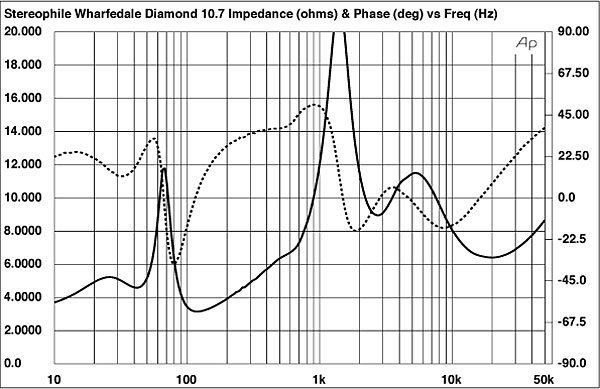
There are a couple of small wrinkles in the impedance traces between 200 and 300Hz, implying the existence of cabinet resonances of some kind in this region. Investigating the enclosure walls' vibrational behavior with a plastic-tape accelerometer, I found a number of resonant modes present on all surfaces. Fig.2, for example, is a cumulative spectral-decay plot calculated from the output of the accelerometer fastened to the center of one of the sidewalls level with the upper woofer. Strong resonant modes can be seen at 22, 242, and 324Hz. Given their strength, frequencies, and the large area affected, I would have expected these resonances to give rise to some congestion in the lower midrange. It's fair to note that Bob Reina didn't note any congestion, though I wonder if his comment about the Diamond 10.7's "rich" lower midrange is in some way related to this behavior.
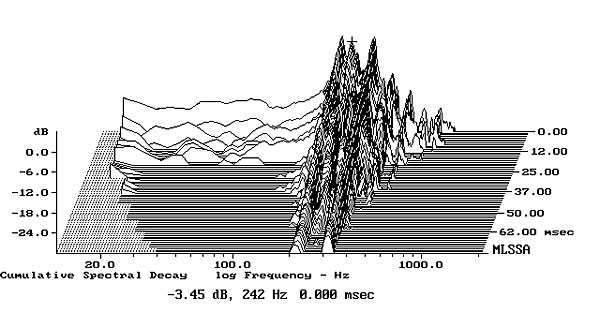
Though the Diamond 10.7 is a ported design, the lower-frequency peak in the impedance magnitude plot, below the saddle centered on 42Hz in the trace in fig.1 is somewhat suppressed, which suggests a rather overdamped woofer alignment. To the left of fig.3 I have plotted the nearfield responses of the upper woofer (blue trace), the lower woofer (green), and the port (red). Only the lower woofer has what appears to be a residual minimum-motion notch in its output, which suggests that the port doesn't load the upper woofer. Both woofers peak in the upper bass by a little more than I was expecting from the nearfield-measurement technique, though the lower woofer appears to be about 2dB less sensitive than the upper. The red trace in this graph shows the output of the port, scaled in the ratio of its radiating diameter. It covers the range from 28 to 90Hz, but its upper-frequency rolloff is marred by two severe resonances, at 310 and 620Hz. Fortunately, the port faces away from the listener, which will work against the audibility of these resonances.
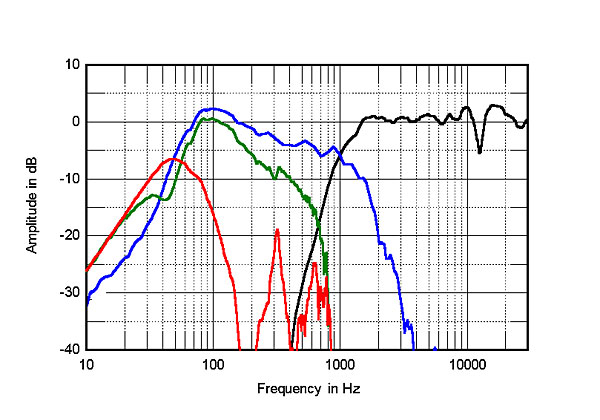
As expected from the specification, the lower woofer rolls off above 150Hz, leaving the upper woofer to cover the midrange before crossing over to the 2" dome midrange unit at 950Hz, rather than the specified 850Hz. The region covered by the two higher-frequency dome units (fig.3, black trace) is very flat on the tweeter axis, but appears to be balanced 2–3dB too high in level to properly match the woofers. The result can be seen in fig.4, which shows the Wharfedale's output averaged across a 30° horizontal window centered on the tweeter axis. The midrange is a little suppressed compared to the regions above and below. Some of the rise in the upper bass will be due to the nearfield measurement technique, of course, which assumes a 2pi acoustic environment for the drive-unit being measured, but I do suspect that the use of two drivers covering the same region leads to a generous bass tuning. Not that BJR had any problem with that; he wrote that, with my recording of him performing on the pipe organ, "the Wharfedales reproduced the most difficult passages forcefully, with no sense of strain, distortion, or rolloff."
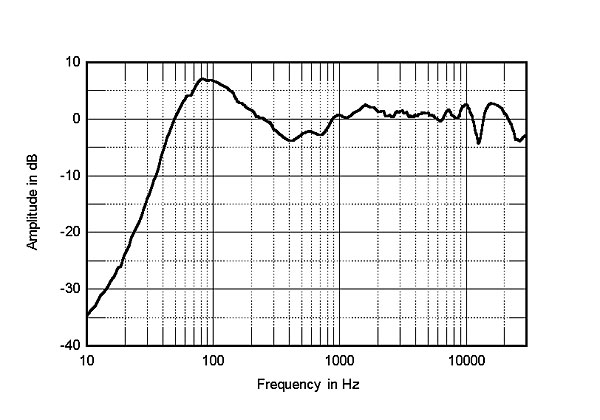
The top octave in figs.3 and 4 is marred by a narrow suckout at 12.6kHz, perhaps due to destructive interference between the tweeter and midrange unit. However, the plot of the Diamond 10.7's lateral dispersion, normalized to the tweeter-axis response (fig.5), indicates that that notch fills in to the speaker's sides. The radiation pattern is otherwise wide and even, with no traces of off-axis flare. In the vertical plane (fig.6), the Wharfedale's balance doesn't change appreciably over a ±5° window centered on the tweeter axis, which is a sensible 36.5" from the floor with the speaker sitting on its cone feet. A suckout at the upper crossover frequency of approximately 5kHz doesn't start to develop until the microphone is 15° above the tweeter axis; as always, don't audition this speaker while standing up.
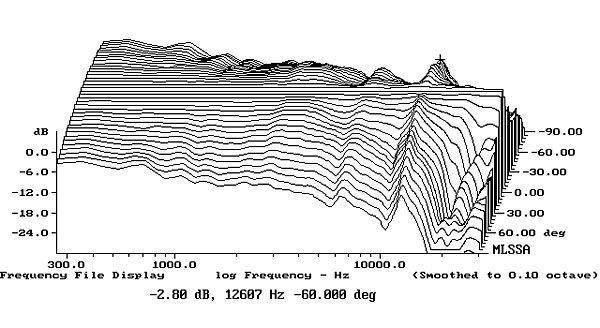
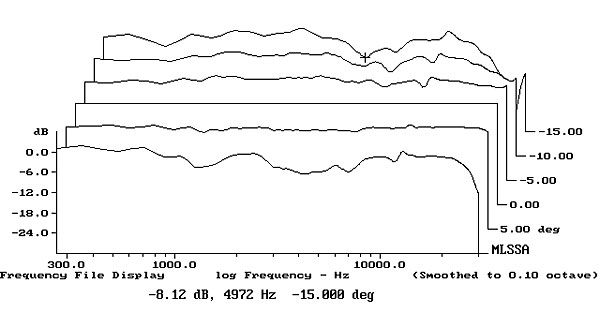
Turning to the time domain, the Diamond 10.7's step response on the tweeter axis (fig.7) suggests that all four drive-units are connected in positive acoustic polarity. The decay of each unit's step smoothly blends with the start of the step of the next lower in frequency, which implies optimal crossover implementation. The cumulative spectral-decay plot (fig.8) is impressively clean for a relatively inexpensive speaker.
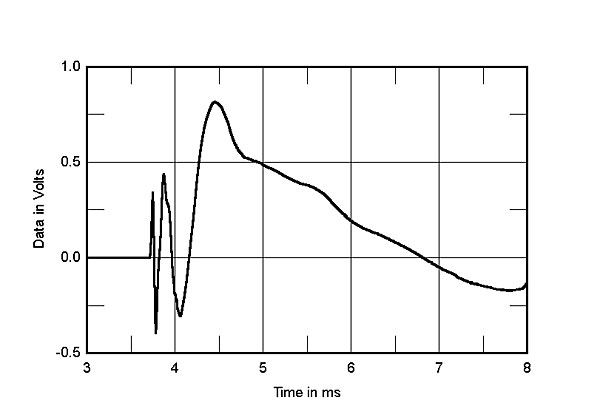
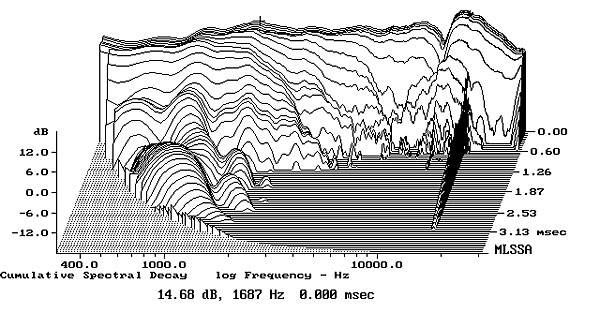
That lively enclosure bothered me a little, but I suspect that the oversensitive upper-frequency array better balances the generous low frequencies. Certainly, I had been impressed by the Diamond 10.7's sound quality when I first auditioned it at the 2011 AXPONA in Atlanta. Overall, this is excellent measured performance for the price.—John Atkinson

Great comparison review, Robert. My question however regards the Wharfedale Diamond bookshelves. Woud you recommend the Wharfedale Diamond 10.1 over say the Epos Epic 1?

Although by no means I'm intending to undervalue any reviewer's opinion, I strongly suggest that you should find out by yourself if one of them fits your tastes and requirements. Some dealer can possibly demonstrate both of them to you. Along with Stereophile's brilliant reviews, give your ears a chance and trust them!